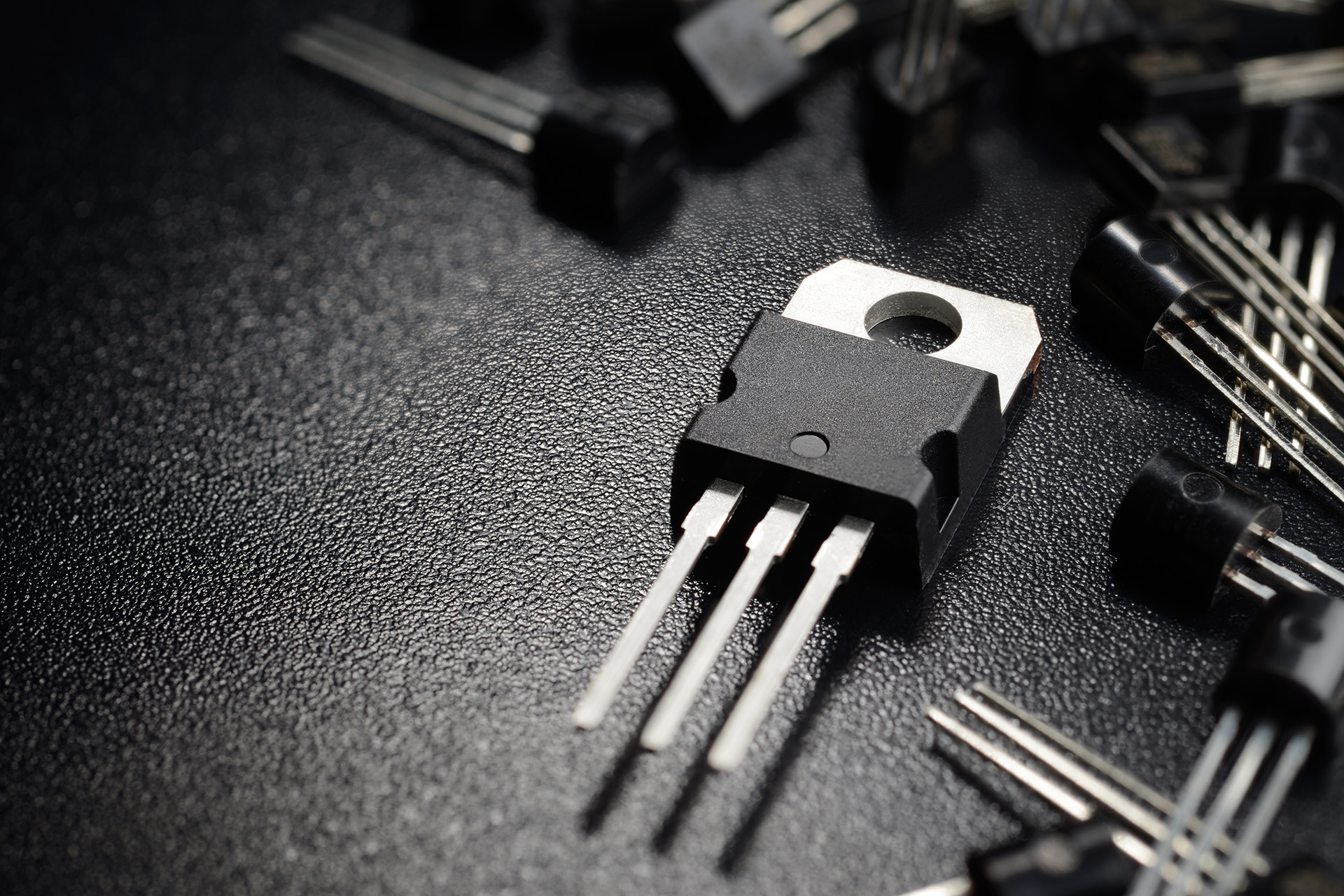Technobis utilizes integrated photonics for high performance fibre sensing

Technobis has developed and provided fibre sensing systems since 2006 for many applications and environments. The company started with free-space optics, but for the last 7 years has utilized photonic integrated circuit (PIC) technology. Technobis subsequently introduced sensing solutions providing up to sub-femtometer wavelength shift detection resolutions, more than thousand FBG sensors in an optical fiber, sub-nanometer displacement sensing resolution and sampling rates up to 20 Mhz. Using miniature and high-performance acquisition and control electronics, combined with compatible PIC packages has enabled the company to create multi-parameter fiber sensing solutions.
The Technobis Fibre Technologies Gator product line is based on a next-generation Fibre Bragg Grating (FBG) metrology system that utilizes integrated photonics technology.
Throughout the years that Technobis has been active in this new technology field, many chips have been produced with a large number of different optical functions in different designs and configurations. These chips have been produced on multiple material platforms, each having its advantages, have been combined in order to achieve synergistic capabilities. Indium Phosphide (InP) supports both passive (waveguides, spectrometers) and active functions (light sources, lasers). Silicon on Insulator (SOI) has provided support for passive functions, but CMOS compatible and Silicium Nitride (Si3N4) has proven useful as a low-loss dielectric waveguide technology.
Technobis' adoption of PIC-based technologies has enabled the company to participate in 30 multi-project wafer runs, including dedicated full-wafer runs, over 80 designs, resulting in more than 4,000 chips produced. After launching serial production of the Gator series in variants for channel multiplexing, optical references for long term stability, an integrated CPU for autonomous, wireless operation and data storage, not to mention the Chiroptera for high resolution displacement sensing, it is our belief that Technobis can rightfully claim to be a true frontrunner company in the world that is able to develop and supply (fiber) sensing systems based on integrated photonics. The PIC based platform brings the most accurate interrogators, solid state, high speed, high sensor count, and low power systems, combined with unmatched system pricing.
Technobis invested significantly in the development of fiber optic sensing systems based on integrated photonics and by doing so has achieved technology readiness levels for demanding market sectors. PIC technology proves enabling and brings significant advantages in critical sensing performance areas including resolution, speed and sensor multiplexing, as well as environmental endurance, which benefits high-tech industry, aeronautics, space. Its reliability (solid state, thermally and mechanically stable,) has also enabled Technobis to offer highly successful products. PIC advantages, together with the demonstrated capacity from Technobis to bring fiber optic sensing technology to the market, has convinced large companies in aerospace, space, and other high-tech industries such as biomedical applications, to regard this as a leap forward for applications in demanding environments where size, weight, reliability, cost and other factors are key requirements; conventional systems simply do not apply anymore. Many reliability tests and experiments were performed in order to demonstrate the maturity of the company's technology, such as flight tests in large passenger aircraft, helicopters, civil and military vehicles under harsh conditions. Company products have also succeeded in passing radiation testing on bare dies and package systems.
The future for PIC based systems, and in particular for sensing applications, is huge and expanding. Based on what has been done so far, work at Technobis and companies like ours barely scratch the surface of what is possible. The PIC based development platform allows complex optical systems on just a few square millimeters, while packaging innovations make PICs work in stringent environments. As it explores and develops the potential of fibre-based optical sensing, the core optical fiber technology appears to demonstrate an increasingly number of sensing capabilities almost on a daily basis.
For PIC technology in general, one of the tendencies in order to consolidate new technologies is standardization as a means to reduce costs and improve efficiency in the supply chain. Generic processing is one of the ambitions for integrated photonics in order to reach this state. The advantages we expect to see in this evolution are reduced costs and lead-time in the supply of PIC based components. A well balanced interaction capability on a technical level within the supply chain is imperative for companies that want to reach the sky.
Current challenges for Technobis relate to ramp-up production capabilities and resources. Where comfortable product series volumes up to hundreds of units a year seemed sufficient in the past for conventional systems, this has in fact turned into a need for thousands units a year. This calls for significant upscaling of manufacturing capabilities and yield improvements. It requires awareness throughout the whole supply chain; the whole PIC ecosystem needs to ramp up in order to allow the technology to rise to achieving its vast mature technology potential. Technobis believes the only way to achieve this is by collaboration and helping to grow the number of applications for sensing and data/telecom. This means dissemination of knowledge and awareness in proper designing and packaging PIC-based systems, ideas that extend to partners and indeed, even to potential competitors in order to ensure a reliable supply chain and the long-term growth of the PIC industry. In practice, this translates into increasing the number of designs and simulations, more wafer runs, intensifying test and analysis of chips, upscaling packaging capabilities through development of test equipment, tooling, assembly automation, etc.
With Tipps (Technobis Integrated Photonics Packaging Services), Technobis recently launched its latest expansion, bringing into service large additional clean room and office space for volume packaging and assembly activities. The expansion comes with dedicated automated packaging equipment for testing products, die bonding, wire bonding, fiber alignment, etc. Technobis is a full-blown development and integrator company that is capable of realizing commercial PIC based products. Its strength is its practical approach to needs and capabilities that surpass what some see as technical boundaries; Technobis challenges fundamental limits. Tracking and pursuing opportunities combined with the ability to translate them in practical usage enables Technobis to succeed.



































